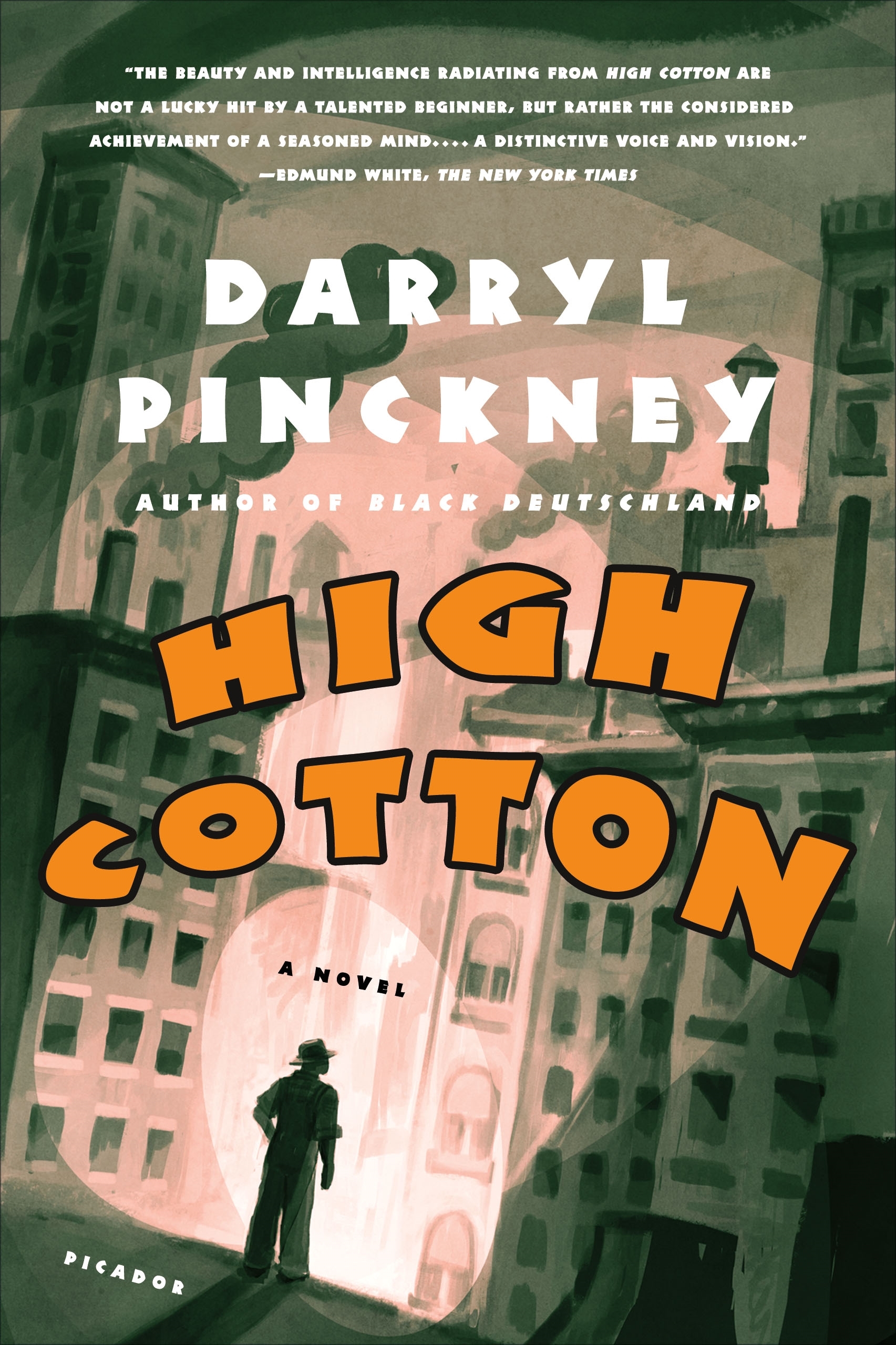High Cotton was the debut novel of Indianapolis native and acclaimed critic Darryl Pinckney, son of former Indianapolis president . Published in 1992 and a winner of the Los Angeles Times Art Seidenbaum Award for First Fiction, the book is a thinly veiled autobiographical work about life for a young, middle-class Black man growing up in the northern suburbs of Indianapolis in the 1960s. In the novel, the protagonist represents the “Talented Tenth,” the fraction of Black men whom W. E. B. DuBois in the early 20th century argued should become leaders of their race through classical education, social activism, and writing books. The title of the book refers to a successful cotton crop, so to be in “high cotton” meant life was easier for you, although Pinckney’s use of the phrase was ironic.

Pinckney’s unnamed narrator unveils the story of his move from downtown Indianapolis to the city’s white suburbs. References to Indianapolis places and organizations, such as Capitol Avenue, the Canal Towpath, the , the Ruins, and the feature prominently, offering evidence of the autobiographical underpinnings of the novel. After being one of only a handful of Blacks to graduate from a suburban Indianapolis white high school, the narrator then moves on to study at Columbia University in New York City and eventually to life in Paris.
Throughout the novel, the narrator searches to find and create an individual identity for himself in a society that sees him through the stereotypes that American history has defined for him. Each chapter introduces the reader to his friends and family. Key figures include his grandfather Eustace, whose father was a Baptist preacher and whose grandfather was an enslaved person; his Great-Aunt Clara, a light-skinned “high yellow” African American; and his Uncle Castor, a jazz musician who once played with Indianapolis native . Each of these characters presents different paradoxes the narrator encounters in the history of his Black, educated, middle-class family.
The narrator juxtaposes the experiences of his forebears against his own experiments with different ways of feeling Black. He becomes involved in Black radicalism in Indianapolis and London and tries to immerse himself in New York City Black culture in Harlem. In the end, however, he fails to find a way to define his own personhood drawing from these models. The narrator tries to distance himself from his forebears through these ventures but, at the same time, becomes more and more fascinated with their experiences. Throughout the novel, he explores what it means to be Black amid the economic comfort and privilege his family has achieved, four generations removed from the institution of slavery.

Help improve this entry
Contribute information, offer corrections, suggest images.
You can also recommend new entries related to this topic.

